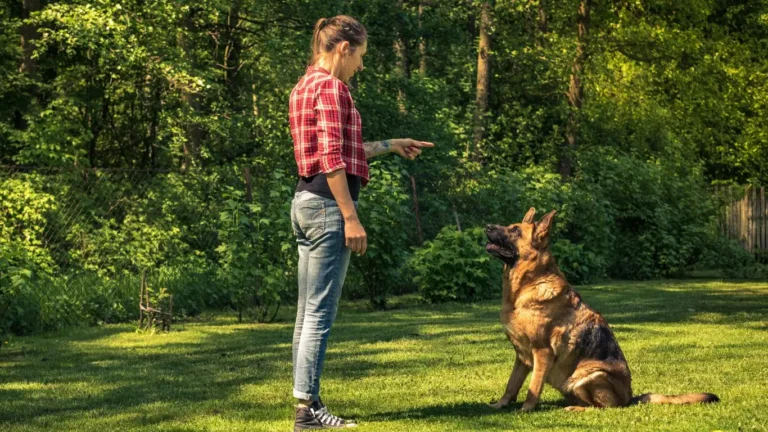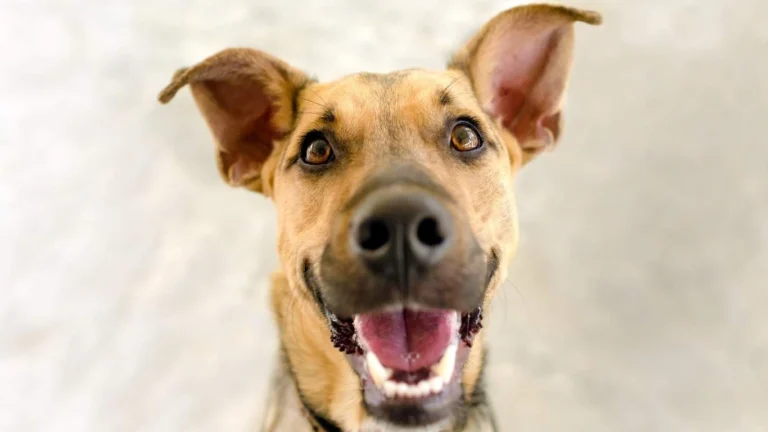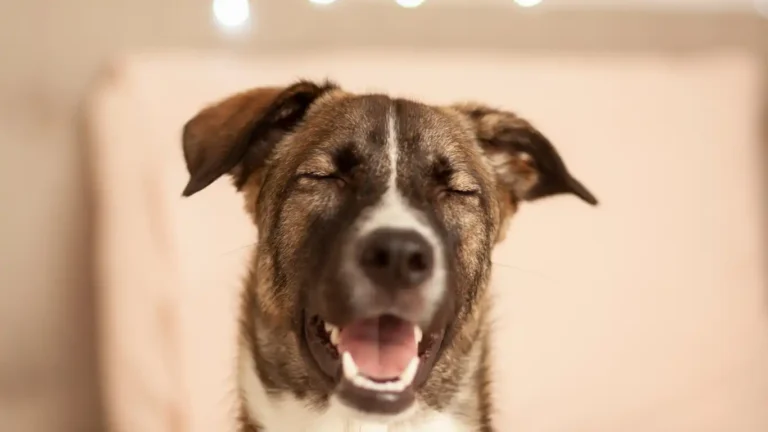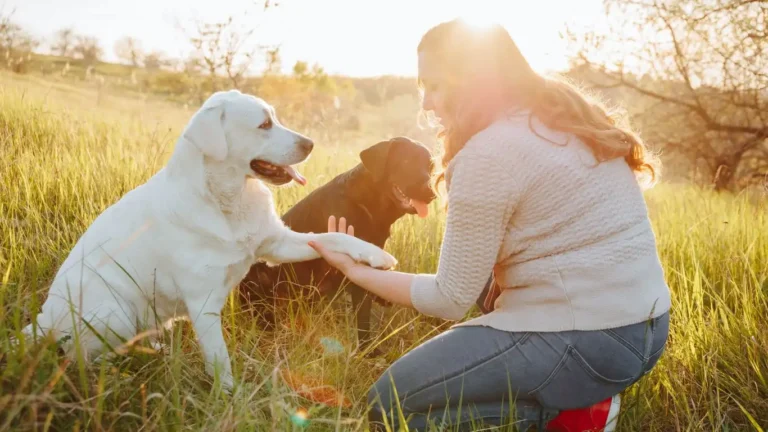How to Organize a Dog-Friendly Daily Schedule for Happy Dogs
Creating a solid routine for your furry friend can feel a bit like juggling — especially when you want to make sure every part of your dog’s day is balanced, healthy, and fun. From my years working as a Veterinary Technician specializing in nutrition, I’ve seen firsthand how a well-organized daily schedule can do wonders not only for a dog’s physical health but also for their behavior and overall happiness. So, if you’re wondering how to organize a dog-friendly daily schedule that fits your lifestyle and keeps your pup thriving, you’re in the right place.
Why a Dog-Friendly Schedule Matters
Dogs thrive on routine. It’s something I always stress to pet owners during consultations — structure reduces stress, promotes good behavior, and supports proper nutrition. When your dog knows what to expect, they feel more secure, which means fewer anxieties and less destructive behavior. Plus, a consistent schedule can help you spot any sudden changes in your dog’s habits that might indicate health issues early on.

Understanding Your Dog’s Natural Rhythms
Every dog is unique, but generally speaking, dogs have natural peaks and troughs of energy throughout the day. For instance, many dogs are most active in the early morning and late afternoon, which is why those times are perfect for walks or play sessions. From my experience, tailoring activities around these natural energy boosts makes your schedule way more effective and enjoyable for your dog.
- Morning: Great for exercise and a chance to burn off energy before the day begins.
- Midday: Usually a quieter time, ideal for rest and maybe some light mental stimulation.
- Evening: Another good window for activity, socializing, or training.
How to Organize a Dog-Friendly Daily Schedule
Now that we know why routine is key, let’s get into the nitty-gritty of how to build a schedule that actually works. Keep in mind, flexibility is important — life happens! But having a solid framework gives you a reliable go-to plan.

Start with Feeding Times
As a nutrition specialist, I can’t stress enough how important consistent feeding times are. Not only does this support digestive health, but it also helps regulate energy levels and prevents overeating. Typically, most adult dogs do well with two meals a day — once in the morning and once in the evening.
- Choose quality food: Tailored to your dog’s age, breed, and any health considerations.
- Stick to regular meal times: Avoid letting your dog graze all day; scheduled meals are best.
- Observe: Note how your dog responds to feeding times — appetite changes can signal issues.
Incorporate Exercise and Mental Stimulation
Walks aren’t just potty breaks. They’re vital for your dog’s physical and mental well-being. When I advise pet parents, I emphasize mixing up walks with playtime, training, and puzzle toys. It keeps your dog engaged and tired out in the best way.
- Morning walk: Start the day with a 20-30 minute walk or active play.
- Midday rest with light mental games: Use treat-dispensing toys or short training sessions.
- Evening exercise: Another opportunity for a walk or social time with other dogs if possible.
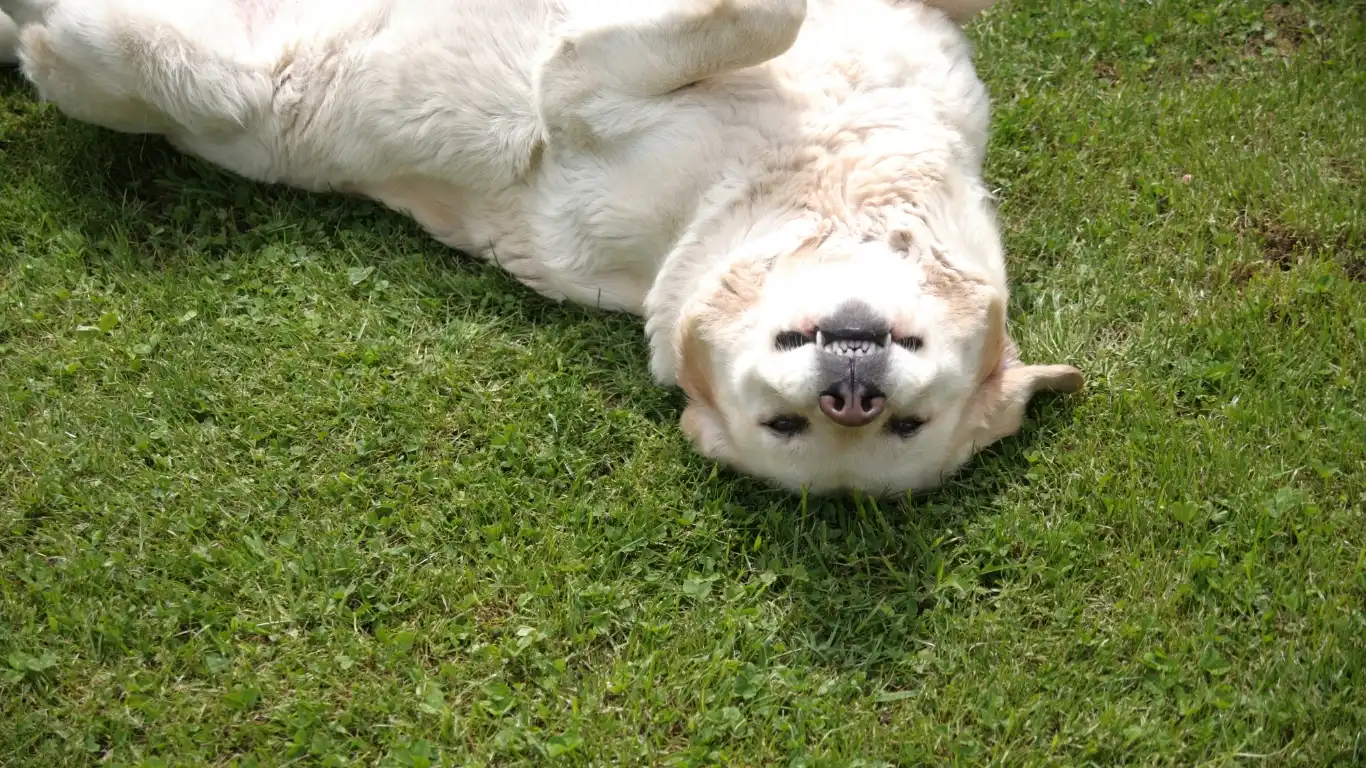
By syncing your dog’s schedule with their natural rhythms and needs, you’re not just organizing a day — you’re setting up a happier, healthier life for your best buddy. And believe me, when dogs feel good, it shows in their wagging tails and bright eyes.
Balancing Rest and Activity: The Key to a Happy Pup
One thing I’ve learned as a Veterinary Technician, especially working with dogs who have special dietary needs, is that rest is just as important as activity. It might seem obvious, but I’ve seen many dog owners unintentionally overload their pups with nonstop walks or playtime, thinking it’s all good. In reality, dogs need downtime to recharge and digest both food and experiences.

Recognizing Your Dog’s Rest Needs
Dogs, like people, have different energy levels based on age, breed, and health status. A young Border Collie might thrive on several hours of exercise a day, while an older Bulldog might need more frequent rest breaks. From my experience, observing your dog’s cues is crucial:
- Yawning or lying down early during play means it’s time to slow down.
- Seeking out a quiet spot is a sign they need some downtime.
- Refusing to engage in activities might hint at tiredness or even discomfort.
Building these rest periods into your dog-friendly daily schedule prevents burnout and keeps your pup happy and healthy over the long haul.
How to Create Restful Breaks During the Day
One practical way I recommend is setting up a cozy, inviting space dedicated just to rest. Whether it’s a soft bed by a window or a crate with comfy blankets, giving your dog a consistent spot to relax can make a big difference.
- Choose a quiet, low-traffic area in your home where your dog won’t be disturbed.
- Keep familiar toys or blankets nearby to encourage relaxation.
- Encourage calm behavior by rewarding your dog for settling down in this spot.
By training your dog to use this restful spot, you’ll help them learn to self-soothe and manage their energy levels naturally.
Incorporating Training and Social Time
Organizing your day to include training and social interactions adds huge value to your dog’s life. During my time in veterinary care, I’ve seen how mental stimulation can prevent a lot of common behavior problems, especially in intelligent breeds who need a challenge.
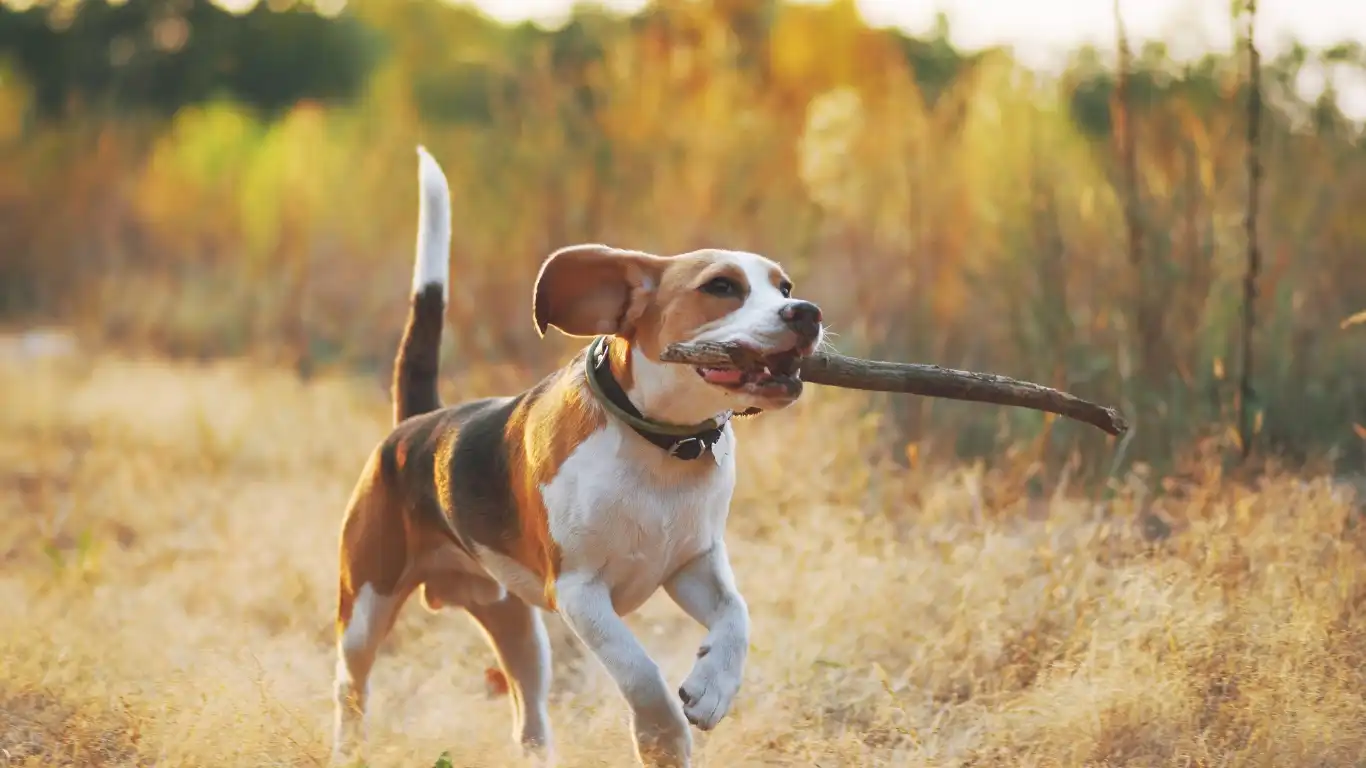
Why Training Should Be Part of the Schedule
Training isn’t just about commands or tricks — it’s a bonding experience and a mental workout. Even 10-15 minutes a day can make a world of difference. I always suggest integrating short, fun sessions throughout the day rather than a single long training block, which can overwhelm your dog.
- Morning training: Start with basic commands or refreshers to set a positive tone.
- Afternoon puzzle games: Use food-dispensing toys or hide treats for problem-solving fun.
- Evening wind-down: Simple commands or calm behaviors to help your dog settle for the night.
Socialization: It’s More Than Just Playtime
From puppies to senior dogs, social interaction is vital for emotional health. My experience in vet clinics shows that dogs with regular positive social encounters tend to be more confident and less anxious.
- Dog parks or playdates: Great for physical and social exercise, just keep an eye on group dynamics.
- Meet-and-greet walks: Casual neighborhood strolls where your dog can safely interact with others.
- Training classes: These double as socialization and learning environments.
Adjusting Your Schedule for Special Needs and Changes
As someone who’s helped many pet parents manage dogs with allergies, weight issues, or chronic illnesses, I can’t emphasize enough how important it is to tailor your schedule. What works for a healthy adult dog might not fit a senior dog or a pup recovering from surgery.
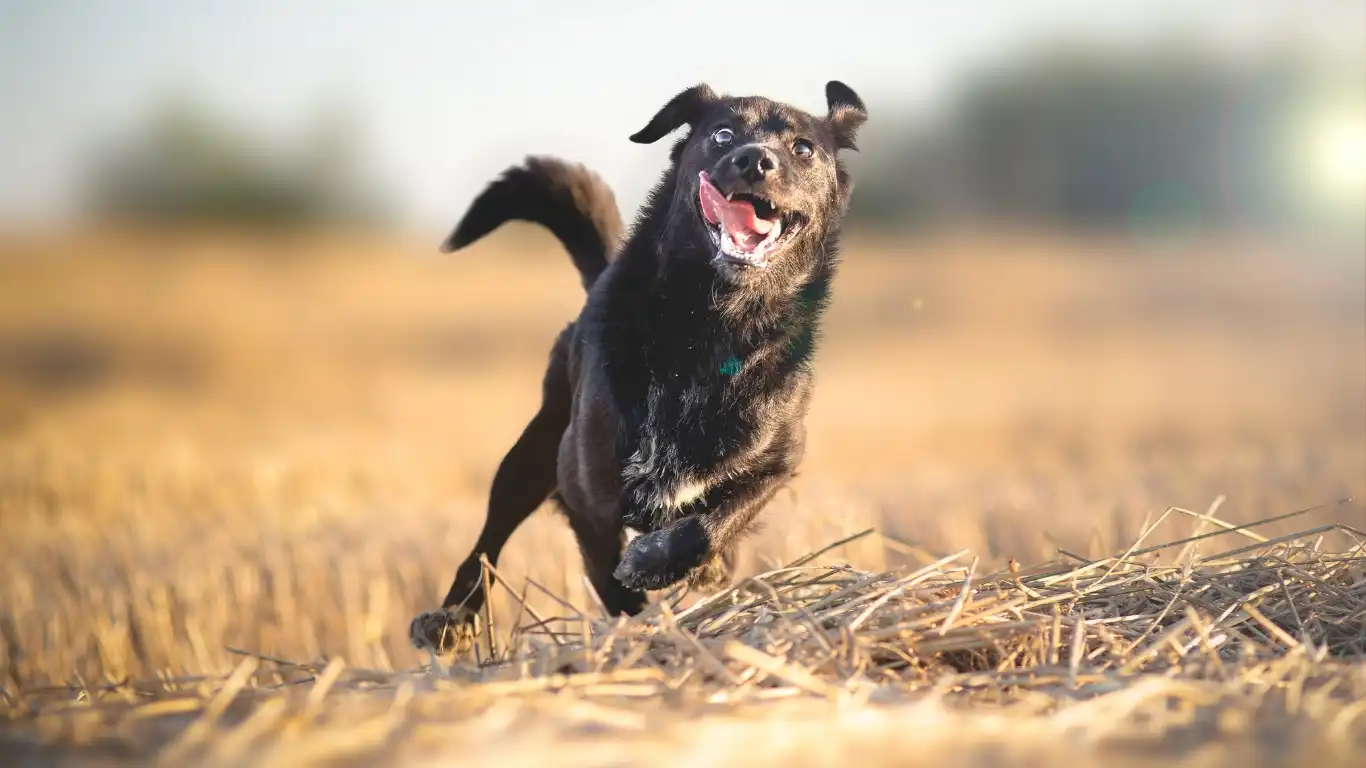
Signs It’s Time to Modify Your Routine
Watch for subtle changes that indicate your dog might need a schedule tweak:
- Increased lethargy or restlessness
- Changes in appetite or bathroom habits
- Behavior shifts like increased anxiety or aggression
When these pop up, consult your veterinarian or a qualified canine behaviorist. Adjusting meal times, exercise intensity, or rest periods could make a big difference.
Tips from My Vet Tech Experience for Special Situations
For dogs on special diets or medications, consistency is crucial:
- Stick to feeding schedules that align with medication times.
- Plan low-impact activities if your dog has mobility issues.
- Keep mental engagement through gentle training or puzzle toys to maintain quality of life.
In these cases, being observant and flexible helps you keep your dog’s health and happiness front and center.
Tips for Maintaining Consistency and Flexibility
One of the biggest challenges I see dog owners face is sticking to a schedule while life throws curveballs. Trust me, I’ve been there — balancing vet appointments, work, family, and a pup who sometimes just wants to chill. The key is finding that sweet spot between consistency and flexibility.

Keep a Routine, But Expect the Unexpected
Dogs love routine because it gives them security, but every day won’t be perfect — and that’s okay. From my experience, it’s all about the mindset. Instead of stressing when things go off-track, I encourage pet parents to see their schedule as a guide, not a strict rulebook. For example, if a morning walk gets skipped because of bad weather, maybe an indoor game or some gentle training can fill that gap.
- Use a calendar or app: Logging feeding, walks, and playtime helps keep you accountable and spot patterns.
- Set reminders: Simple alerts can be lifesavers on busy days.
- Prepare backups: Keep a stash of toys or puzzles ready for days when outdoor time is limited.
Communicate with Everyone Involved
If other family members or pet sitters help care for your dog, clear communication about the schedule is crucial. I’ve worked in clinics where miscommunication caused stress for dogs, so sharing feeding times, medication instructions, and exercise routines ensures your pup’s routine stays intact no matter who’s on duty.
Nutrition and Hydration: The Foundations of Your Dog’s Day
Having specialized in veterinary nutrition, I can’t stress enough how central proper nutrition is to a dog-friendly daily schedule. Feeding your dog on time with the right diet fuels their activities and supports overall health.

Quality Over Quantity
While it’s tempting to spoil our pups with treats or extra food, keeping meals balanced and portioned to your dog’s specific needs is essential. I always advise consulting with your vet to choose the right food, especially if your dog has allergies, weight concerns, or other health issues.
Hydration Throughout the Day
Water often gets overlooked in daily planning, but it’s just as important as food. Always make sure fresh water is available, especially after exercise or play sessions. Dehydration can sneak up quickly and affect your dog’s energy and wellbeing.
- Keep water bowls clean and filled — a dog is more likely to drink if water tastes fresh.
- Carry portable water on long walks or outings.
- Observe drinking habits — sudden changes can signal health issues.
Using Technology to Enhance Your Dog’s Routine
In today’s world, technology can be a great ally in keeping your dog’s day organized and fun. From smart feeders to activity trackers, I’ve seen many pet owners benefit from these tools — especially those balancing busy schedules.
Smart Feeders and Timers
Automatic feeders can help maintain feeding times even if you’re away. I recommend models that allow portion control and are easy to clean. These devices reduce stress around meal times and ensure consistency.
Activity Trackers and Apps
Wearable devices for dogs track steps, rest, and even heart rate. Combined with smartphone apps, they offer insights into your dog’s daily routine and health trends. From my vet tech perspective, these tools are great for catching early signs of health changes.
Interactive Toys and Puzzles
Technology isn’t just about gadgets. There are tons of interactive toys that can keep your dog mentally stimulated, especially when you’re short on time. It’s a perfect way to break up the day and engage your dog’s brain.
References
- American Veterinary Medical Association
- American Animal Hospital Association
- Veterinary Nutrition Group
Disclaimer
This article is intended for informational purposes only and does not replace professional veterinary advice. Always consult your veterinarian for guidance tailored to your dog’s specific health needs and circumstances.

